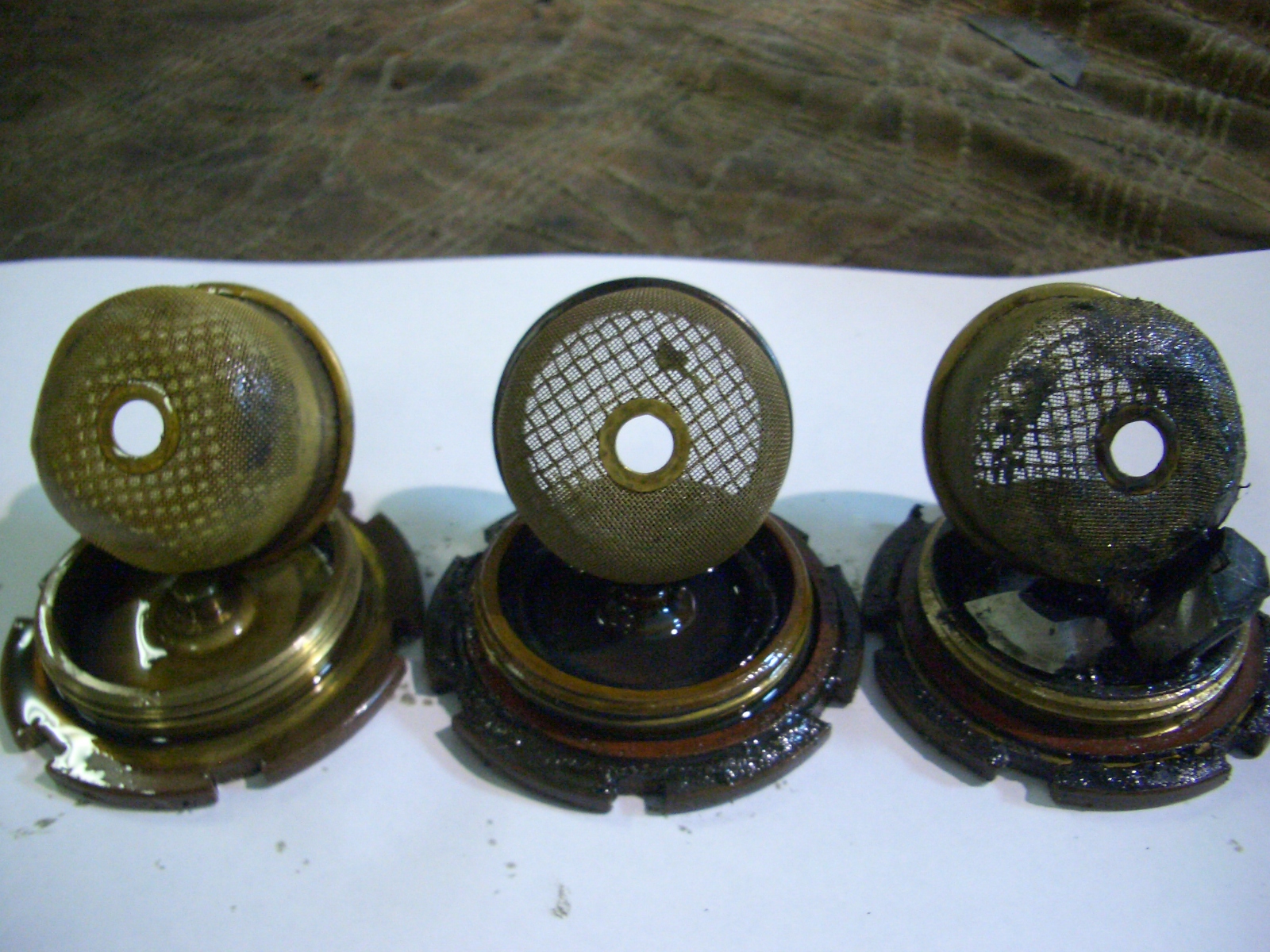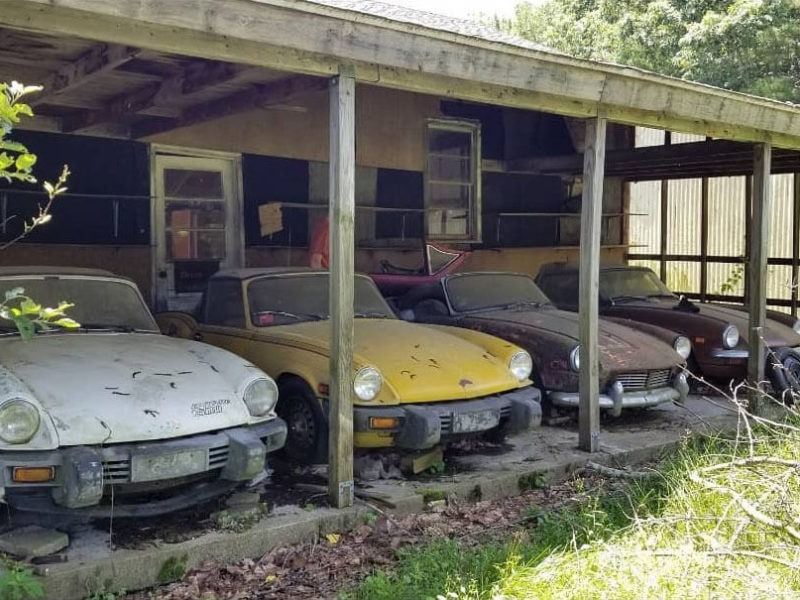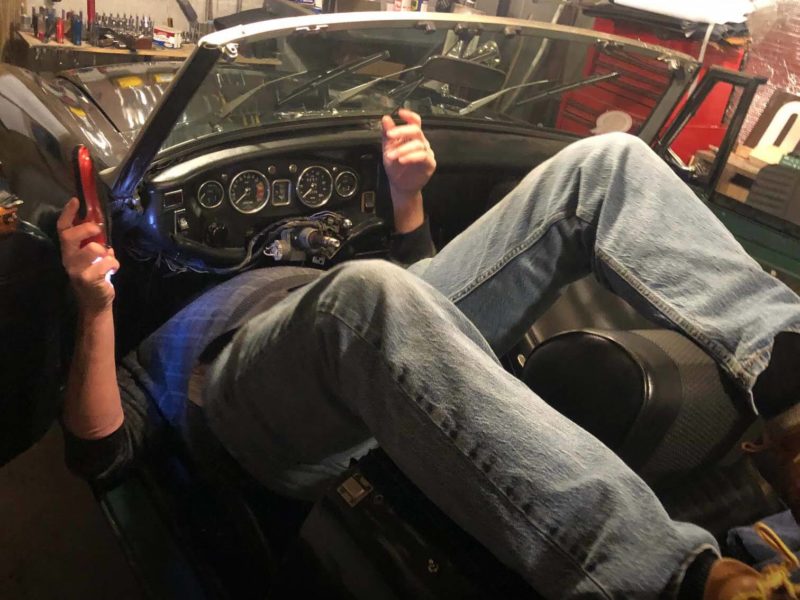So you are starting to hear rumblings, crunches and other unfamiliar noises from under the transmission tunnel that are now getting louder than all the other noises in the car. Turning up the radio doesn’t help anymore. It’s seems to be getting a bit more difficult to get into some or all the gears. Once in a while the gear lever has a mind of its own and comes out of gear by itself. The overdrive isn’t working like it used to or not at all. You are wondering when was the last time you changed or even checked the oil in the transmission—OK, “gearbox” to you purists!
So what to do first?
Draining and inspecting the transmission and overdrive oil can tell you a lot about what is going on inside that aluminum, brass and steel mechanical marvel in your car. Which also brings up another point. Even though you fill the transmission—and overdrive if you have one—from one fill plug, you must drain the overdrive from the overdrive drain in addition to the transmission drain. If you just drain the transmission only, you will leave a good amount of dirty oil in the overdrive unit. And overdrives do not like dirt in any form!
So safely jack up the car and get under it in the center where the transmission is (unless you have a Mini!). See if there are any indications of leakage from any point or points. Although some leakage on British cars is normal and accepted—and legendary—heavy leaks are indicative of other potential problems and will cause low oil conditions, dangerous to all moving parts in the transmission.
You will see on the bottom some sort of drain plug on the transmission and a drain plug or plate on the bottom of the overdrive unit. First drain the oil from the transmission into a clean pan. Some transmissions have a magnetic drain plug. See what is sticking to it if you have one. Some fine metal particles (known as swarf) are normal, but if there is a large accumulation of them or if there are actual pieces of metal stuck to the magnet watch out. Needles indicate a bearing failure and chunks of gear teeth indicate gear failure. Inspect the oil. If it is gray, that is indicative of pending or current bearing failure. If there are brass particles (or pieces!) or the oil looks like you should be panning for gold you have a bushing, thrust washer, shift fork or synchro ring failure. Any of these items indicated will require a tear down and analysis of the transmission to prevent a major failure before it happens.
The overdrive drain or bottom plate should also be removed and drained into a clean pan. All overdrives have a magnetic assembly somewhere to keep particles out of the internals of the overdrive. On A types, G types and D types they are in with the filter basket. On LH and J types they are glued into the bottom of the oil pan. J types also have another, micro-fine filter built into the center case, which should also be removed and inspected. LH types also have one in the relief valve assembly. As in the transmission, check the magnet for metal swarf (I love the way this word sounds when you say it!) or paste. Again, a small amount is normal. If there are metal pieces in the filter something is failing. If you find a brass washer or parts of one, a thrust washer has failed. You may also find pieces of a snap ring or circlip in the filter or magnet. If the oil is black or very “pasty” that is usually an indication of a failing of the internal sliding clutch lining. If the oil is brass colored then a thrust washer is failing. If it has an aluminum color or particles then something is contacting and wearing out the casings.
It is important to realize that the overdrive shares oil with the transmission. If a part of the transmission has failed or is failing, some of that part will end up in the overdrive unit and will be in the filter, oil or magnet. If you find items in the oil of either unit, both units will have to be dismantled and cleaned to eliminate the contamination of the shared oil unit. Only doing one unit will allow the contamination particles in the other unit to continue to destroy that unit and recycle the contaminates back into the repaired unit, causing failure again.
OK, so if the oil and magnets and filters are clean, you are pretty much home free. Clean the filters and magnets and reassemble. Refill with fresh oil and you should be able to go on motoring.
If you found anything we have discussed in the transmission or overdrive magnet, filter, or oil it is time for a rebuild—actually, hopefully not too late. The longer you wait and the more you drive the car with a failing component, the more damage is being done to any remaining good components. Remember, a transmission is like a metal Cuisinart. Any particles in the oil are constantly being whirled around at thousands of RPM causing all sorts of havoc with the moving parts of the transmission and overdrive. A catastrophic failure is inevitable. It is not a question of if, but when it will happen. Then a simple “refresh” of a few hundred dollars turns quickly into a major rebuild of 4 digits. Park the car and fix it—now!
By John Esposito, Quantum Mechanics, Ltd.










'Gearbox Part 1: Teardown Inspection' have 2 comments
September 30, 2012 @ 6:10 am goodsetter
Great stuff! Keeping an eye on your gear oil will keep your gear boxes running for almost forever. One habit I’ve gotten into, even on new cars I service, is to remove the fill plug before the drain plug. You don’t want to have an empty gear box and find that the fill plug has been stripped or seized. If the plug won’t come out you can fix it when you have time and can get prepared.
April 7, 2013 @ 4:07 pm arnold
The manual says use SAE 50 gear oil. Can’t find it . What do you recommend. Thanks. arnold